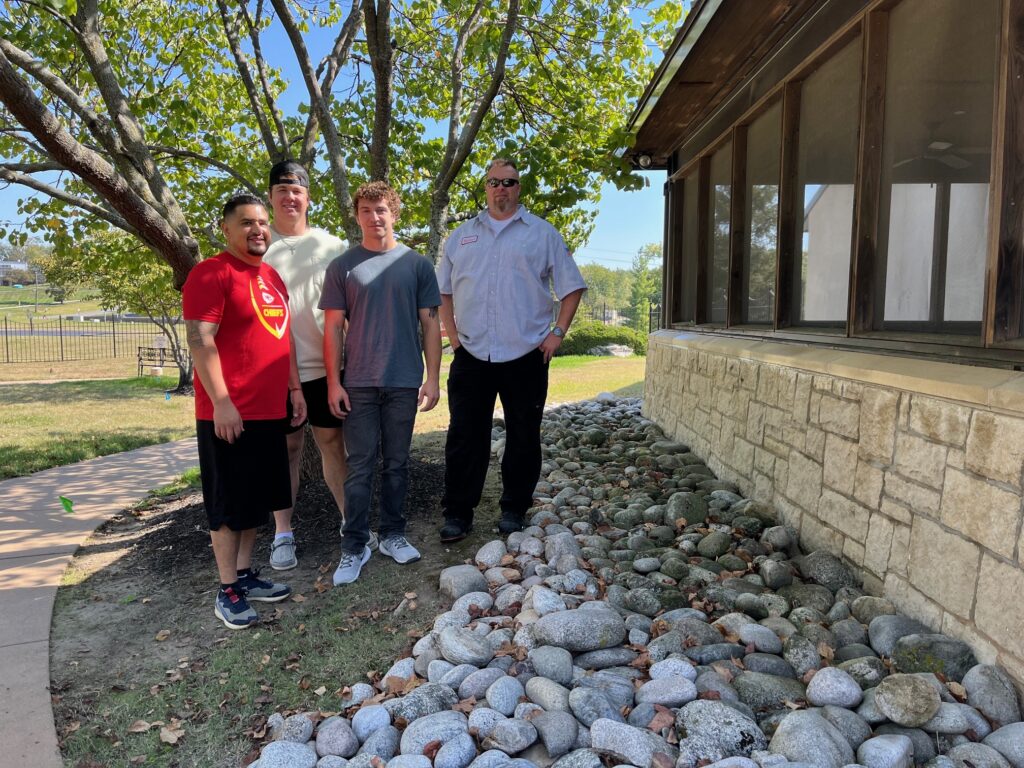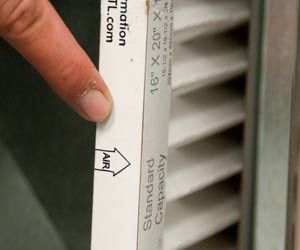
At One Hour Heating & Air Conditioning of Johnson County, we believe that true success is measured not just by the services we provide but by the impact we have on our community. That’s why, in 2024, we’ve dedicated our Fridays to making a difference at Kansas City Hospice House, a place that offers compassion and comfort to patients and their families during challenging times.
What is Kansas City Hospice House?
Kansas City Hospice House is part of Kansas City Hospice and Palliative Care, an organization committed to bringing expert care, peace of mind, comfort, guidance, and hope to people affected by life-limiting illnesses or grief. Their services include hospice care, palliative care, pediatric care, and grief support through the Solace House. The Hospice House itself is a sanctuary for patients who may need additional care and support in their final days. It provides a calming, home-like environment where families can focus on their loved ones while having access to professional medical care.
Patients typically stay at the Hospice House for 3-4 days, a crucial period that allows them to spend their remaining time surrounded by loved ones in a tranquil setting. It’s an alternative to the clinical atmosphere of a hospital, offering a more personal and compassionate experience. Beyond medical care, the Hospice House fosters a sense of dignity, community, and connection during a challenging time.
A Tradition of Giving Back
Every Friday, three of our team members volunteer their time at Kansas City Hospice House to support their incredible mission. Our volunteers engage in a variety of activities, all designed to bring joy and comfort to the residents and their families. From baking homemade treats to creating Chiefs-themed hearts for patients’ doors, our team is committed to brightening each Friday. Additionally, we’ve spent time painting birdhouses, changing out air filters, and helping with landscaping to beautify the outdoor spaces around the Hospice House.
Join Us in Supporting Kansas City Hospice House
We’re proud to support the Kansas City Hospice House, but their mission depends on the generosity of the entire community. If you’d like to learn more about their work or find ways to get involved, visit their website at kchospice.org. Together, we can make a lasting difference.
A Commitment to Community
As we look ahead to 2025, One Hour Heating & Air Conditioning of Johnson County remains committed to serving both your home comfort needs and the greater good of our community. Whether it’s through expert HVAC services or heartfelt volunteering, our goal is always the same: to create a positive impact in the lives of those around us.
Volunteer Photo Gallery
We’re excited to showcase some of our team’s memorable moments from volunteering throughout the year. Scroll through our photo gallery to see how we’ve been making a difference at Kansas City Hospice House—one Friday at a time!






















